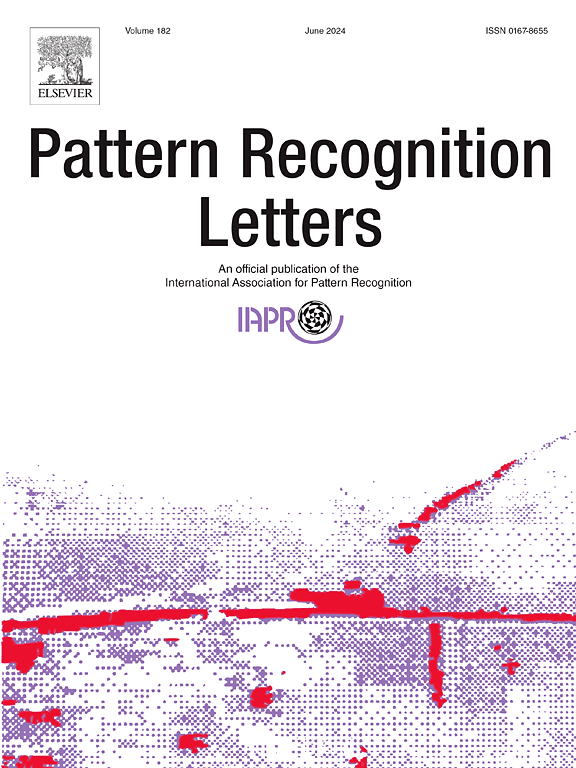Cross-domain 3D model classification via pseudo-labeling noise correction
IF 3.3
3区 计算机科学
Q2 COMPUTER SCIENCE, ARTIFICIAL INTELLIGENCE
引用次数: 0
Abstract
Unsupervised domain adaptation (UDA) with pseudo-labeling has become a key approach for cross-domain 3D model classification. Although it effectively narrows the gap between domains, the performance of existing UDA methods will drop significantly when applied to multi-category and multi-scene 3D model classification due to the dependence on 3D source domain labels and the impact of low-quality pseudo-labels. In this paper, we address this challenge by proposing an innovative cross-domain 3D model classification framework based on 2D–3D UDA and pseudo-label correction mechanism. Our method fully utilizes the rich semantic labels and scene information in the image domain for efficient image-to-3D cross-domain adaptation, completely eliminating the dependence on 3D labels. In addition, we introduce sufficient prior knowledge in the image domain to guide the adversarial training of the pseudo-label correction module. The introduction of cross-modal information improves the quality of pseudo-labels in cross-domain 3D classification, breaking the limitation of existing label denoising mechanisms that are limited to a single modality. Experimental results on multiple standard 3D model datasets and cross-domain generalization tasks show that this method outperforms existing mainstream 3D UDA methods in terms of robustness and classification performance, verifying its practicality and generalization ability without relying on 3D data annotation.
基于伪标记噪声校正的跨域三维模型分类
基于伪标记的无监督域自适应(UDA)已成为跨域三维模型分类的一种重要方法。虽然有效地缩小了域间的差距,但由于对三维源域标签的依赖和低质量伪标签的影响,现有的UDA方法在应用于多类别、多场景的三维模型分类时,性能会明显下降。在本文中,我们提出了一种创新的基于2D-3D UDA和伪标签校正机制的跨域3D模型分类框架来解决这一挑战。该方法充分利用图像域丰富的语义标签和场景信息,实现图像到三维的高效跨域自适应,完全消除了对三维标签的依赖。此外,我们在图像域引入了足够的先验知识来指导伪标签校正模块的对抗性训练。跨模态信息的引入提高了跨域三维分类中伪标签的质量,打破了现有标签去噪机制局限于单一模态的局限。在多个标准3D模型数据集和跨域泛化任务上的实验结果表明,该方法在鲁棒性和分类性能上都优于现有主流3D UDA方法,验证了其在不依赖3D数据标注的情况下的实用性和泛化能力。
本文章由计算机程序翻译,如有差异,请以英文原文为准。
求助全文
约1分钟内获得全文
求助全文
来源期刊

Pattern Recognition Letters
工程技术-计算机:人工智能
CiteScore
12.40
自引率
5.90%
发文量
287
审稿时长
9.1 months
期刊介绍:
Pattern Recognition Letters aims at rapid publication of concise articles of a broad interest in pattern recognition.
Subject areas include all the current fields of interest represented by the Technical Committees of the International Association of Pattern Recognition, and other developing themes involving learning and recognition.
 求助内容:
求助内容: 应助结果提醒方式:
应助结果提醒方式:


